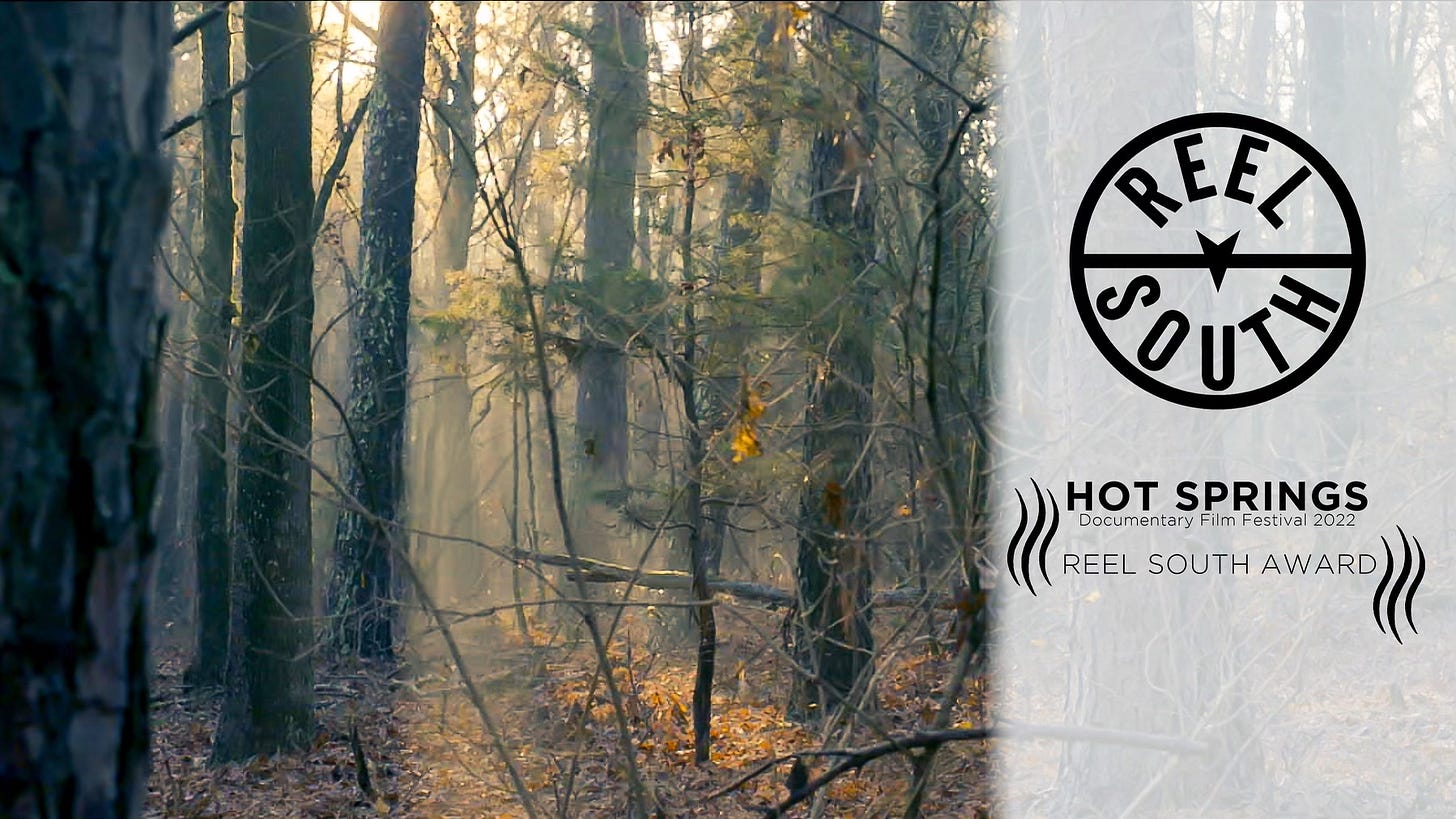To the bone
We are all caught up in the music, sustaining the harmony our ancestors began long before us. The song is inescapable.
“To the Bone” was originally published almost two years ago. And if I remember correctly, it took more than a year to write. Sometimes that’s how it goes with essays, for me anyway. I get this idea in my head about what I want to say, but for whatever reasons the concept needs time to ripen. Trying to publish a story still green on the vine has rarely w…
Keep reading with a 7-day free trial
Subscribe to J. Carrol Sain to keep reading this post and get 7 days of free access to the full post archives.



